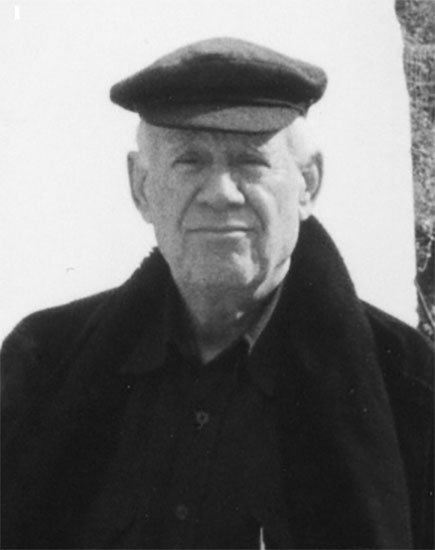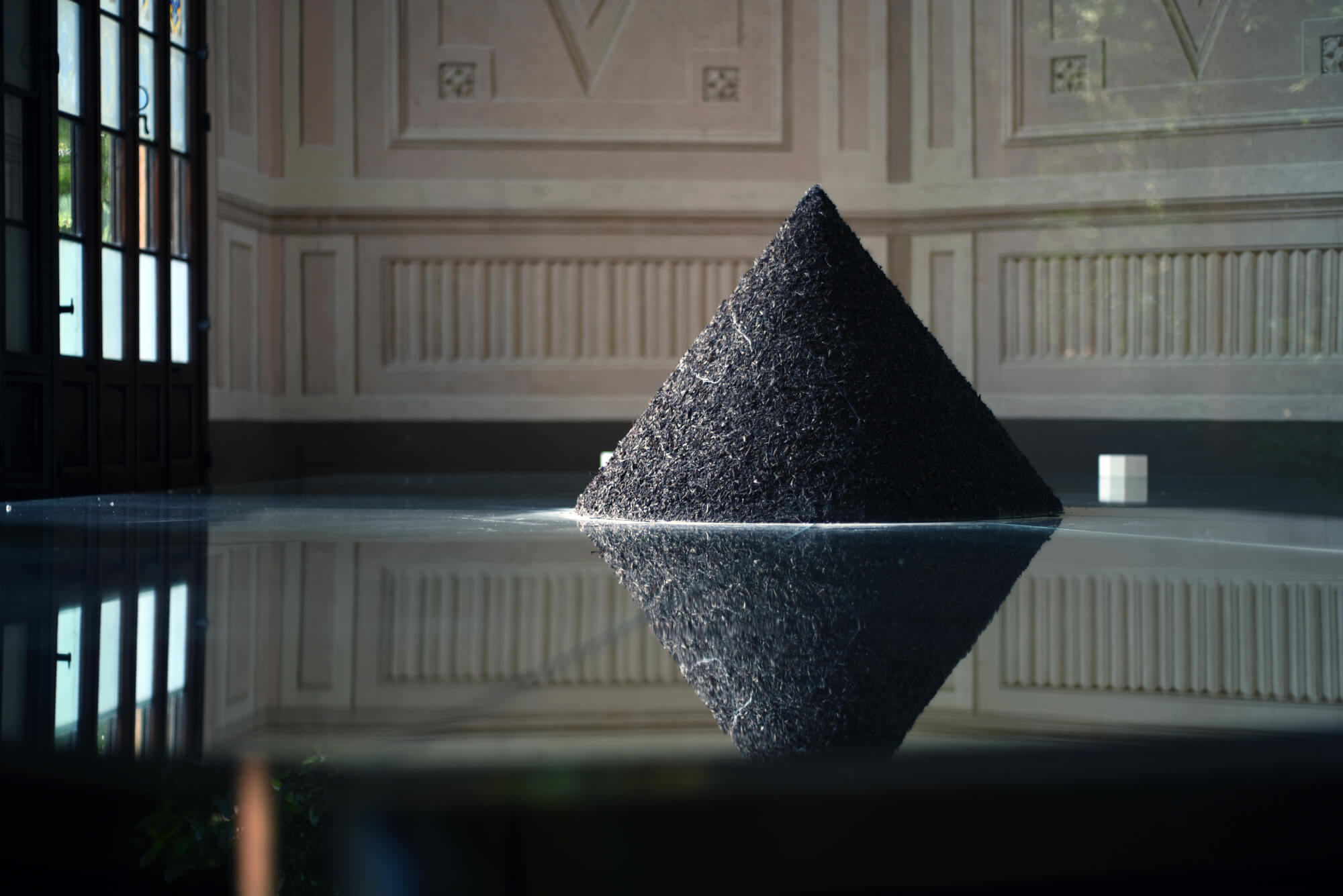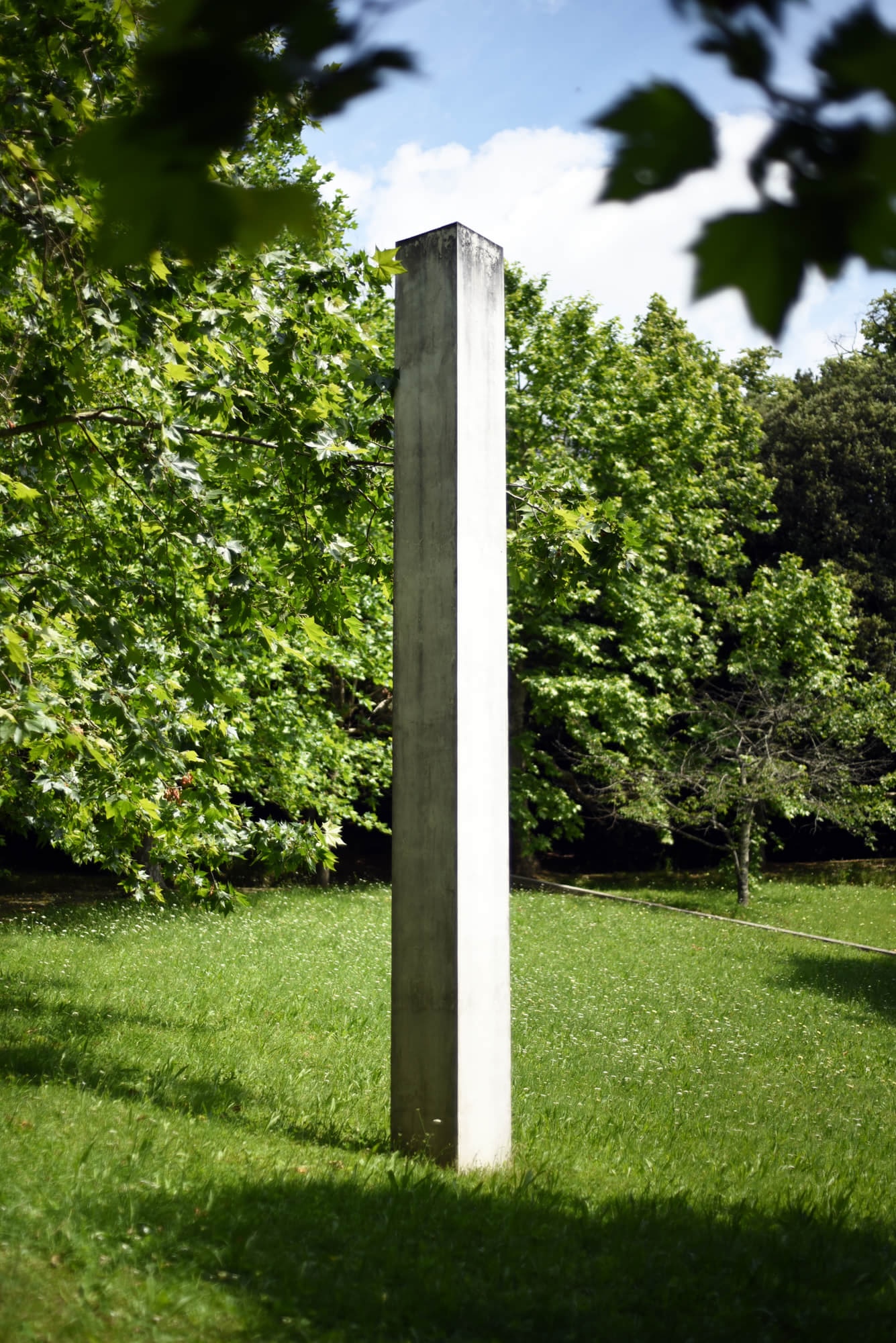Dani Karavan (Tel-Aviv-Yafo, 1930 – Tel-Aviv-Yafo, 2021)
In 2007, Giuliano Gori began writing a text about the creativity of his friend Dani Karavan, a prolific artist who placed themes of peaceful coexistence, human rights, and the communication of knowledge at the center of his work. The collector described his research as “the informal chronicle of a witness whose experiences, which began with a chance encounter at the Venice Biennale in 1976, have often intertwined with those of the artist, eventually influencing and characterizing a shared journey.” The book was published a year later with the title Dani Karavan: a site specific life (Gli Ori, Pistoia, 2008) and documents 47 projects by the artist executed on all continents. It also includes the five projects carried out for Giuliano Gori in Tuscany and one in Naples at the CittàdellaScienza. Other Karavan projects in Tuscany followed, including the one for the hemodialysis pavilion of the Ospedale del Ceppo in Pistoia (1996) and the one for the Parco dellaPadula in Carrara (2002).








